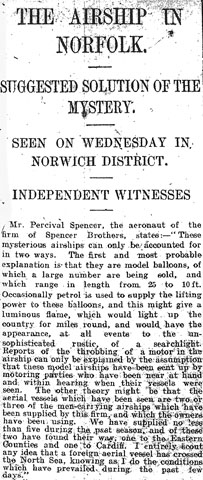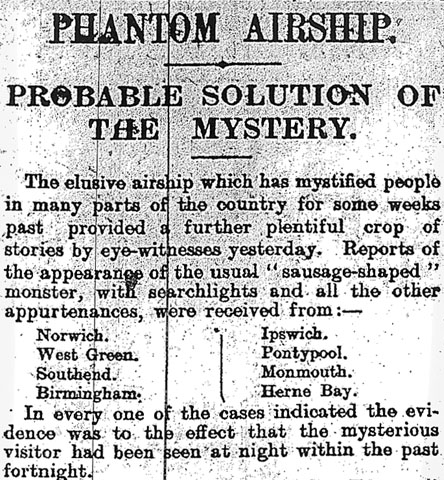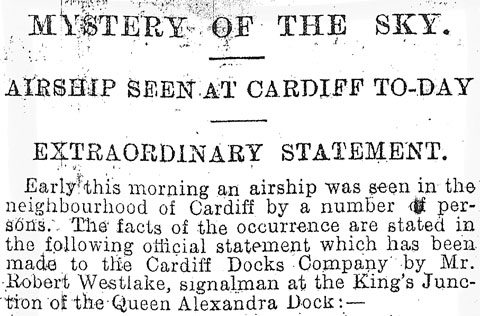The red balloon scare of 1940
I hadn’t come across this before. @ukwarcabinet recently linked to some informal notes of a War Cabinet meeting held on 8 February 1940. It was pretty quiet, even for the Bore War, and ‘Some of the subjects discussed were rather discussed by way of filling in time’. Including this: At the end of the Meeting […]




